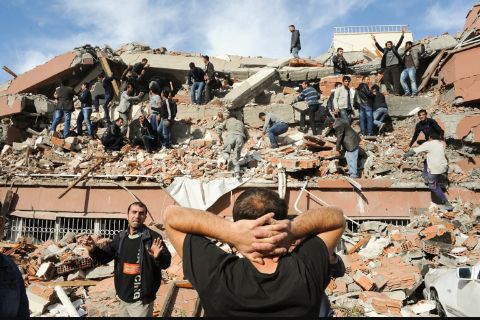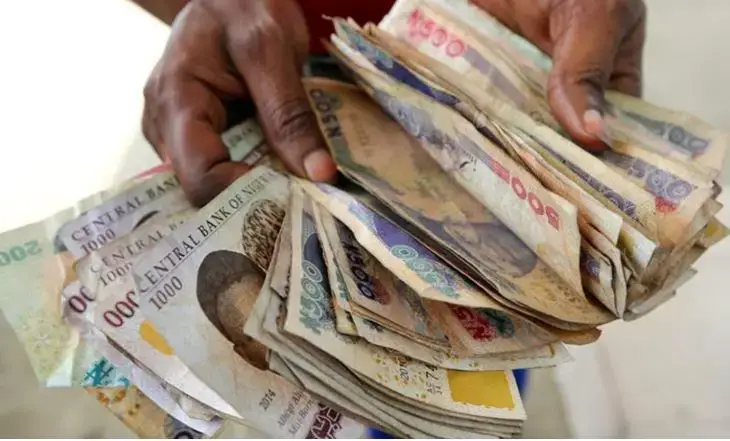A 6.4-magnitude earthquake struck Turkey’s southern province of Hatay and northern Syria on Monday, killing three people and causing renewed panic after a February 6 tremor that killed nearly 45,000 people in both countries.
Suleyman Soylu, Turkey’s Interior Minister, said three people were killed and 213 were taken to hospitals, while White Helmets in Syria said more than 130 people were injured and some already damaged buildings had collapsed.
The earthquake struck the Turkish town of Defne at 8:04 p.m. (1704 GMT) on Monday and was felt strongly by AFP teams in Antakya and Adana province, 200 kilometers (300 miles) to the north.
Another 5.8-magnitude quake struck Turkey three minutes later, according to Turkey’s disaster management agency, with its epicenter in the Samandag district of Hatay. On Monday, the agency recorded two more 5.2-magnitude tremors about 20 minutes after the first. Images from the DHA news agency showed a hospital in Antakya being evacuated, while an NTV broadcaster reported that another hospital in the city of Iskenderun had been evacuated.
According to DHA, patients in intensive care units were transported by ambulance to field hospitals to continue their treatment.
Soylu stated that rescue workers were looking for people who were trapped beneath the rubble. An AFP journalist reported panic in Antakya, adding that the new tremors had created dust clouds in the devastated city. The walls of severely damaged buildings collapsed as several people, who appeared to be injured, called for help.
“We were with AFAD who were looking for the bodies of our family when the quake hit,” Ali Mazlum, 18, said on a street in Antakya.
“You’re at a loss for what to do… We grabbed each other, and the walls in front of us began to crumble. The earth seemed to be opening up to swallow us.
Mazlum, who has been in Antakya for 12 years, was searching for his sister and her family, as well as his brother-in-law and his family.
Officials had advised people to avoid the coast, but Turkish Vice President Fuat Oktay said the warning had been lifted because the risk of a tsunami had passed.
“The road shook like a wave. The building shifted back and forth, and the cars shifted from left to right. “It knocked me off my feet,” said Mehmet Irmak, a notary public.
“Hatay is no longer a secure location. We could hear several buildings collapsing… We’ll wait for a new day, but I’m not sure what I’ll do,” said the man who had been sleeping in his car for two weeks following the first quake.
Conclusion
AFAD affirms over 6,200 aftershocks since the 7.8-magnitude earthquake struck Turkey and Syria, displacing millions.
Because of the magnitude of the first tremor, officials predicted that aftershocks would be felt for a year following the February 6 quake.
The earthquake killed 41,156 people in Turkey and 3,688 people in Syria, but experts expect the death toll to rise as the rubble is cleared and rescue efforts wind down.
The previous tremors affected eleven provinces, but officials said on Sunday that only two remain in need of assistance: Hatay and Kahramanmaras.
Earlier in the day, US Secretary of State Antony Blinken met with Turkish President Recep Tayyip Erdogan and Foreign Minister Mevlut Cavusoglu in Ankara, capping off a visit during which he pledged solidarity following the tremors. The US has provided $185 million in assistance to Turkey and Syria.
Source: Punch











